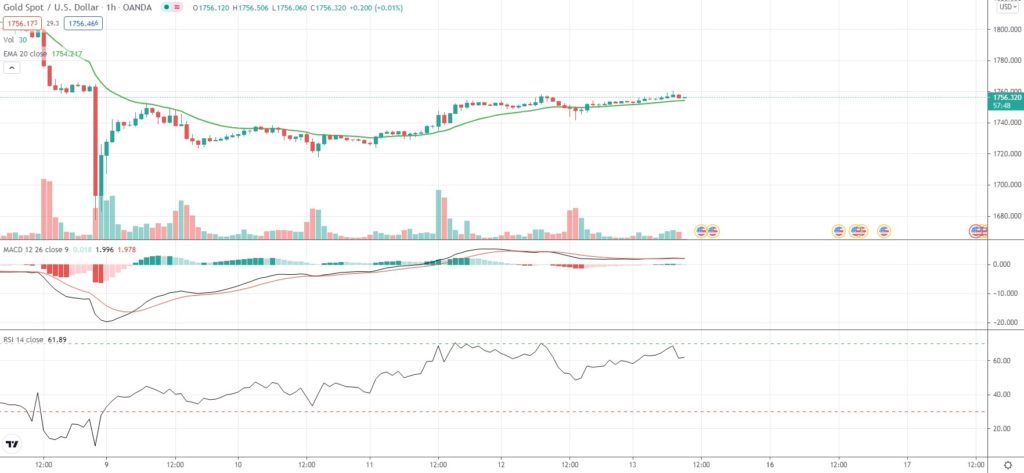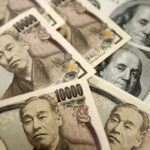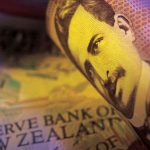Spot Gold gained on Friday on concerns over the spreading Delta variant of the coronavirus, but still, the commodity was poised to register a second straight week of losses, as the US Dollar held firm in proximity to 4 1/2-month highs.
“The ongoing COVID disruption means it is more likely that central banks globally will continue to provide stimulus, which ultimately feeds back into inflation and higher gold prices in the long term,” Michael Langford, director at corporate advisory AirGuide, was quoted as saying by Reuters.
“In the short-term, expect gold to hold between $1,750- $1,800,” he noted.
The most recent producer price data from the United States kept the dollar supported, with prices rising at the sharpest annual rate in over 10 years. The report followed a tame CPI inflation data, which sent the yellow metal more than 1% higher on Wednesday.
Although Gold is considered as an inflation hedge, a possible rate hike by the Federal Reserve will increase the opportunity cost of holding the non-yielding metal and underpin the dollar.
According to Fitch Solutions, inflationary pressure will be transitory and the precious metal is expected to trend lower over the upcoming 6 to 12 months as real bond yields are projected to rise.
As of 8:58 GMT on Friday Spot Gold was edging up 0.21% to trade at $1,756.30 per troy ounce, after earlier touching an intraday high at $1,760.35 per troy ounce. The latter has been the metal’s strongest price level since August 9th ($1,764.67 per troy ounce).
The yellow metal looked set to register its second consecutive week of losses, while being down 0.40%. Gold has retreated 3.19% so far in August, following a 2.47% gain in July.
Meanwhile, Gold futures for delivery in December were edging up 0.35% on the day to trade at $1,757.90 per troy ounce, while Silver futures for delivery in September were up 0.68% to trade at $23.273 per troy ounce.
The US Dollar Index, which reflects the relative strength of the greenback against a basket of six other major currencies, was inching down 0.04% to 92.957 on Friday. Earlier this week the DXY rose as high as 93.192, which has been its strongest level since April 1st (93.336).
Near-term investor interest rate expectations were without change. According to CME’s FedWatch Tool, as of August 13th, investors saw a 100.0% chance of the Federal Reserve keeping borrowing costs at the current 0%-0.25% level at its policy meeting on September 21st-22nd, or unchanged compared to August 12th.
Daily Pivot Levels (traditional method of calculation)
Central Pivot – $1,750.82
R1 – $1,759.99
R2 – $1,767.37
R3 – $1,776.53
R4 – $1,785.70
S1 – $1,743.44
S2 – $1,734.28
S3 – $1,726.90
S4 – $1,719.52






